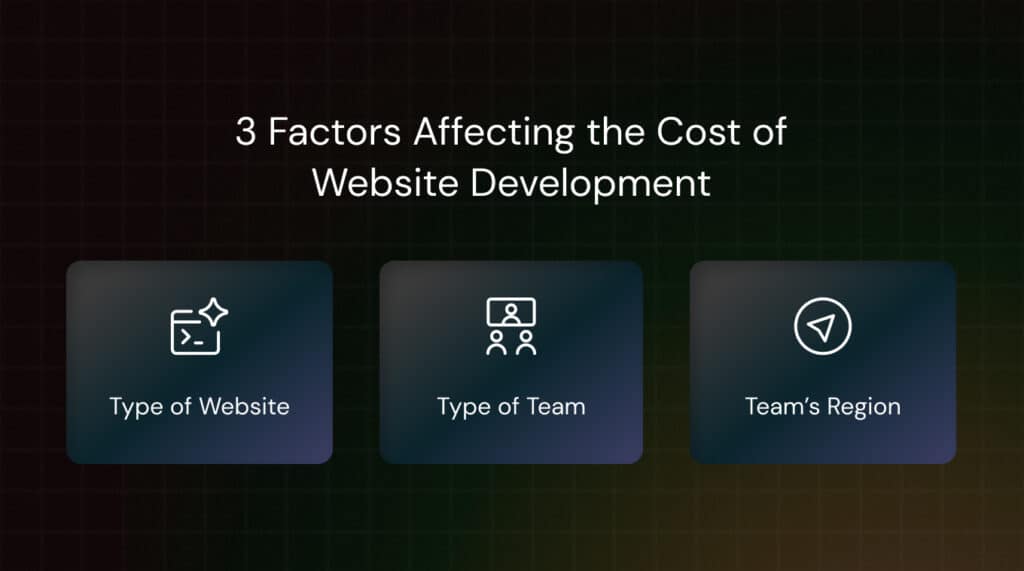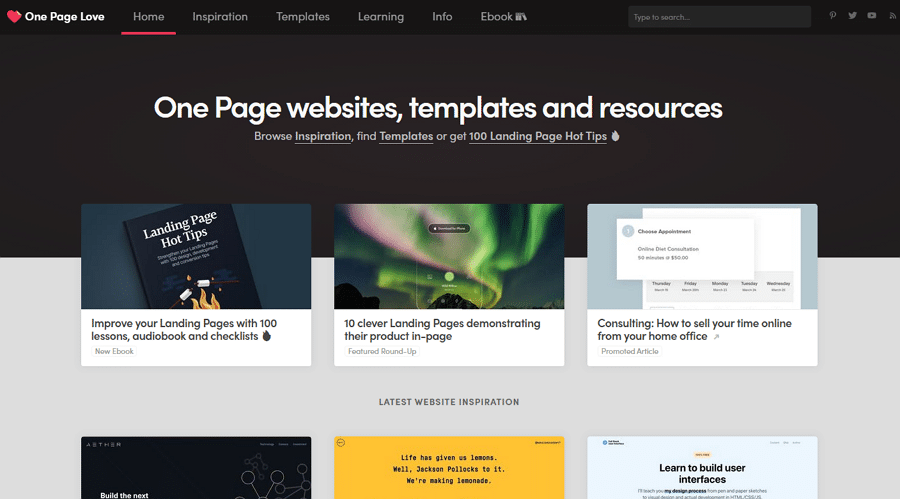What Makes a Good Contact Page on a Website?
Introduction
What makes a good contact page on website? In the digital age, the contact page of a website is frequently disregarded in terms of design and user experience. However, this critical component is critical in establishing trust, facilitating communication, and motivating potential consumers to contact you. A well-designed contact page may make or break the conversion of visitors into leads or loyal customers. In this post, we will look at the elements that make up a decent contact page on a website.
1. Clear and Accessible Contact Information
Why Clear Contact Information Matters
The primary goal of a contact page is to give visitors with quick access to important contact information. This contains the phone number, email address, physical address, and even social media handles for a company. This information must be displayed boldly and clearly. Users may be discouraged from engaging further with your website if your contact section is cluttered or difficult to find.
Best Practices for Displaying Contact Information
Place the contact information at the top of the page or in the header area to make an effective contact page. This way, anyone visiting your website will see it right away. To improve legibility, select clearly readable typefaces and colors that contrast well with the background. To make it even more user-friendly, try including an interactive map or directions for businesses having a physical presence.
2. Intuitive Contact Form
The Role of a Contact Form
Contact forms are an essential tool for properly engaging website visitors. They enable consumers to express inquiries, reviews, or requests straight to your staff in an easy and structured manner. A well-designed contact form can improve user experience and attract more people to contact you. For website design inverloch follow here.
Designing an Effective Contact Form
When creating a contact form, simplicity is essential. Keep the number of fields as little as possible because too many might be overwhelming and lead to desertion. Include fields for the user’s name, email, and message. You might also put a dropdown menu to categorize enquiries or a checkbox for email subscriptions, depending on your company’s needs.
Furthermore, utilize clear and explicit error messages that guide users on how to remedy any mistakes they may have made when filling out the form. Consider putting CAPTCHA or other anti-spam measures in place to keep automated bots from overwhelming your inbox.

3. Personalization and Human Touch
Importance of Personalization
In today’s impersonal digital landscape, making a human connection with your audience is critical. You may improve the overall user experience and develop trust with your visitors by incorporating a human touch into your contact page. People are more likely to interact with a brand that they perceive to be friendly and personable.
Ways to Add a Human Touch
Begin by utilizing welcoming wording throughout the contact page. If you have this information, address your visitors by their first names. Consider including a photo of your team members or customer service agents to put a face to the folks with whom they will be communicating.
Furthermore, respond to the user’s request as soon as possible with an automated but customized email answer, indicating that you got their message. Avoid generic auto-responders, which might appear impersonal and mechanized.
4. Mobile-Friendly Design
The Significance of Mobile Compatibility
With the increasing popularity of mobile devices, it is critical that your contact page be fully responsive and mobile-friendly. Many consumers access the internet through their smartphones or tablets, and an unoptimized contact page might result in a disagreeable experience, stifling potential conversions.
Designing for Mobile Users
Use a responsive design to optimize your contact page for mobile devices. This means that the page layout, fonts, and images should all adapt to multiple screen sizes effortlessly. Test the contact form on a variety of mobile devices to check it works well and is simple to use.contact
5. Visible Call-to-Action (CTA)
The Purpose of a Visible CTA
A compelling Call-to-Action (CTA) is critical for guiding users to the intended action, which in this case is contacting your company. Visitors will know exactly what steps they need to take to contact you if you have a noticeable CTA.

Creating an Effective CTA
For your CTA button, use simple, action-oriented text such as “Contact Us Now” or “Get in Touch.” Use a contrasting color or button design to make the CTA stand out from the rest of the page. Conversion rates can be increased by strategically placing the CTA button near the contact form.
Conclusion
To summarize, a decent contact page is an essential component of every successful website. It acts as a link between your company and your target audience, boosting communication and developing trust. You can develop a contact page that improves user experience and contributes to the success of your business by focusing clear contact information, an intuitive contact form, customization, mobile-friendliness, and a noticeable CTA. Remember that user feedback is vital, so examine and optimize your contact page on a regular basis to fit your audience’s changing demands and preferences.






